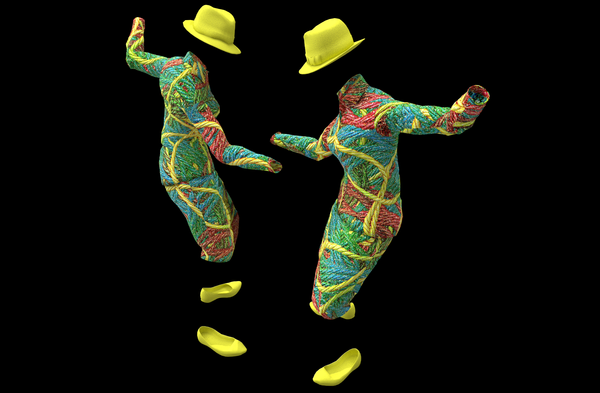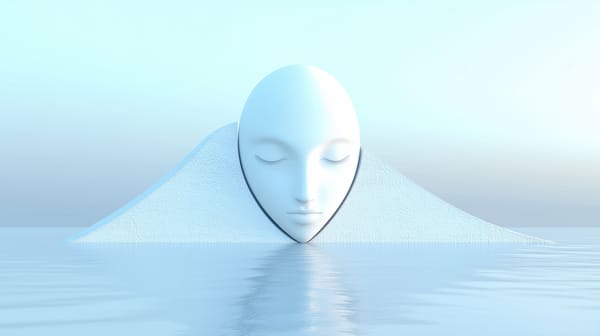Capri, an island in the Tyrrhenian Sea, has long been a retreat for creatives and intellectuals who seek solace in its breathtaking scenery and peaceful atmosphere.
The Russian writer and campaigner Maxim Gorky is among the most famous people to have sought refuge in Capri. Gorky's stay on Capri had a lasting impact on both his art and the island.
Join us on a journey to the island of Capri, where the legendary filmmaker Maxim Gorky once lived, where you may see the same landmarks he did and experience the same way of life.
Step One: Getting to Capri
In 1906, Maxim Gorky came to Capri for the first time, trying to escape the political unrest in Russia and his health problems. He found the ideal retreat on Capri, with its pleasant weather and stunning landscapes. The island's charming villages, verdant gardens, and rocky shoreline stood in sharp contrast to the revolutionary zeal of his native land.
As you reach the island, imagine yourself disembarking in Marina Grande, Capri's primary port. This lively neighborhood, teeming with cafes and stores, would have served as Gorky's initial impression of his new residence. On a funicular ride or stroll up to the town, you may experience the allure of Capri, an island known for its picturesque landscapes, charming whitewashed buildings, and aromatic lemon orchards.
The Villa Blaesus: A Haven for Gorky
Among the must-see attractions on Capri is Villa Blaesus, the island home of the Caprian poet and artist Gorky. Gorky found solace in the villa in Anacapri, where he could write in solitude or participate in thought-provoking conversations with other expats and guests. The writer would have found limitless inspiration in the villa's picturesque gardens, breathtaking sea views, and surrounding area.
You can still explore the region surrounding Villa Blaesus and imagine the tranquil surroundings that Gorky experienced, even if it is a private property now. Accessible by chairlift, the neighboring Monte Solaro offers breathtaking views that Gorky himself would have loved. It is the island's highest point. From this vantage point, the views of the Faraglioni rock formations and the Mediterranean Sea, which inspired Gorky's writing, are visible.
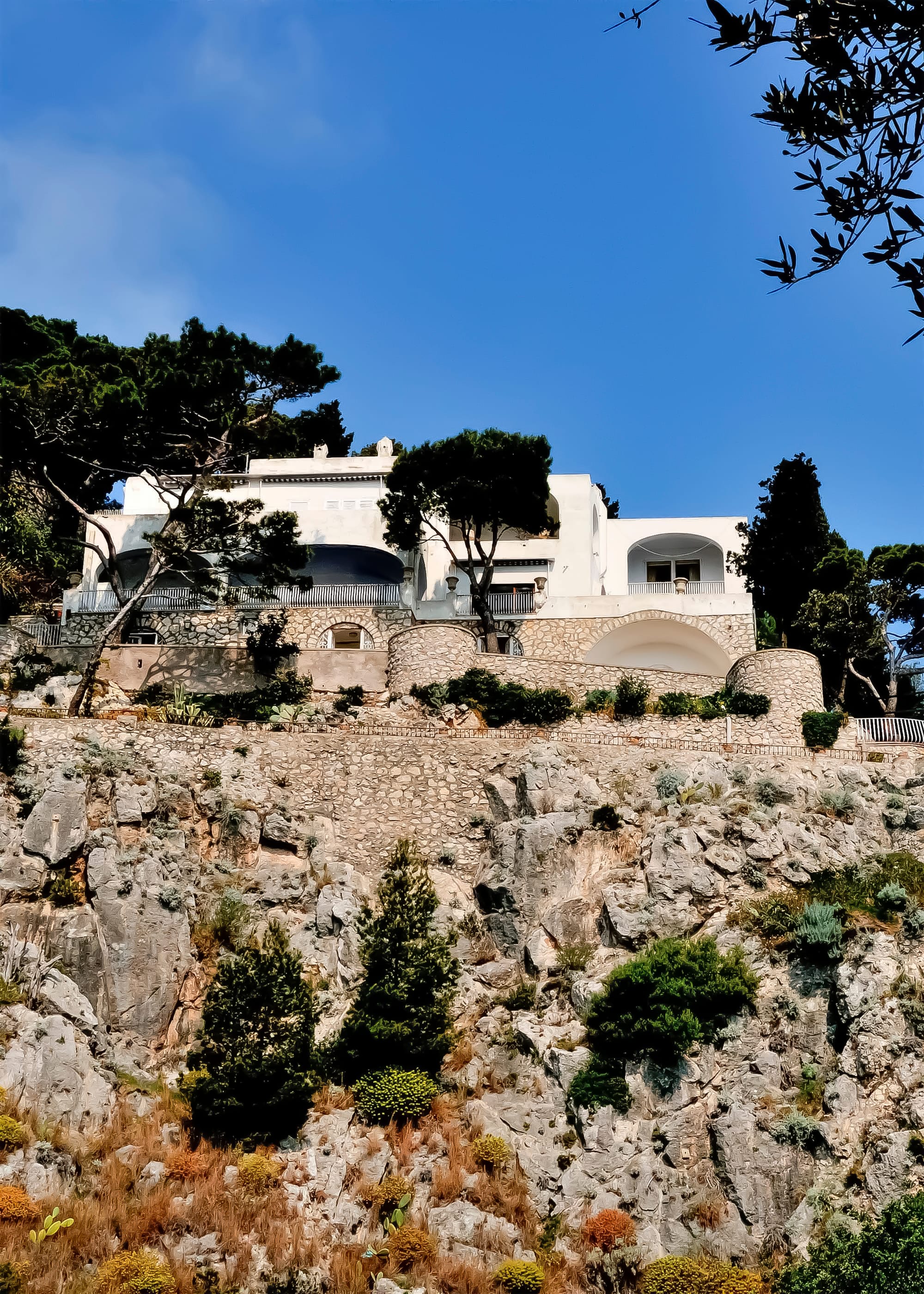
Clubs for Thought and Literature
There was a thriving intellectual community in Capri, where Gorky lived, so he did not spend his time alone. Many influential European artists, writers, and political intellectuals gathered at his villa. Poets, philosophers, and politicians of the day would engage in heated debate at these get-togethers. His prominent visitors were Bolshevik Party leader Vladimir Lenin and Russian Marxist revolutionary Anatoly Lunacharsky.
You can experience this intellectual companionship by dining at one of the many local eateries or cafes that have preserved their historic character. Gorky and his contemporaries' gathering spots would have been like Ristorante La Capannina or Bar Tiberio in Capri's Piazzetta. As you savor your meal or sip your coffee at one of these venues, you can't help but think of the lively debates that used to happen there, molding the course of Russian literature and politics.
Unveiling the Unforgettable Allure of Capri
The landscapes of Capri would have given Gorky plenty of inspiration for his paintings, which frequently displayed his profound affinity with nature. Across the island, numerous walking paths and picturesque sites are perfect for taking in the scenery. Similar to what Gorky would have seen on his travels, the Sentiero dei Fortini, a coastal trail that connects multiple old forts, provides breathtaking views of the sea and cliffs.
The Blue Grotto is another must-see attraction: a sea cave emitting surreal blue light. The grotto's allure and mystique capture the type of natural wonder that would have enchanted Gorky, even though he probably never set foot inside. One of Capri's most famous landmarks, the Blue Grotto, is only accessible by boat and is a living testament to the island's magic.
The Adorable Village of Anacapri
Gorky sought refuge in Anacapri, the island's more peaceful and mountainous region. With its tiny, meandering lanes and whitewashed buildings decorated with colorful flowers, the village preserves much of its original charm. Essential places to visit include the Church of San Michele, a beautiful majolica floor depicting the Garden of Eden, and the Casa Rossa. This medieval home has an eclectic collection of artwork and relics.
As you meander through Anacapri, it's easy to picture Gorky taking in the serene atmosphere and getting inspiration from it all. A perfect setting for contemplation of Gorky's life and works, the village offers a more sedate pace of life than the bustling town of Capri.
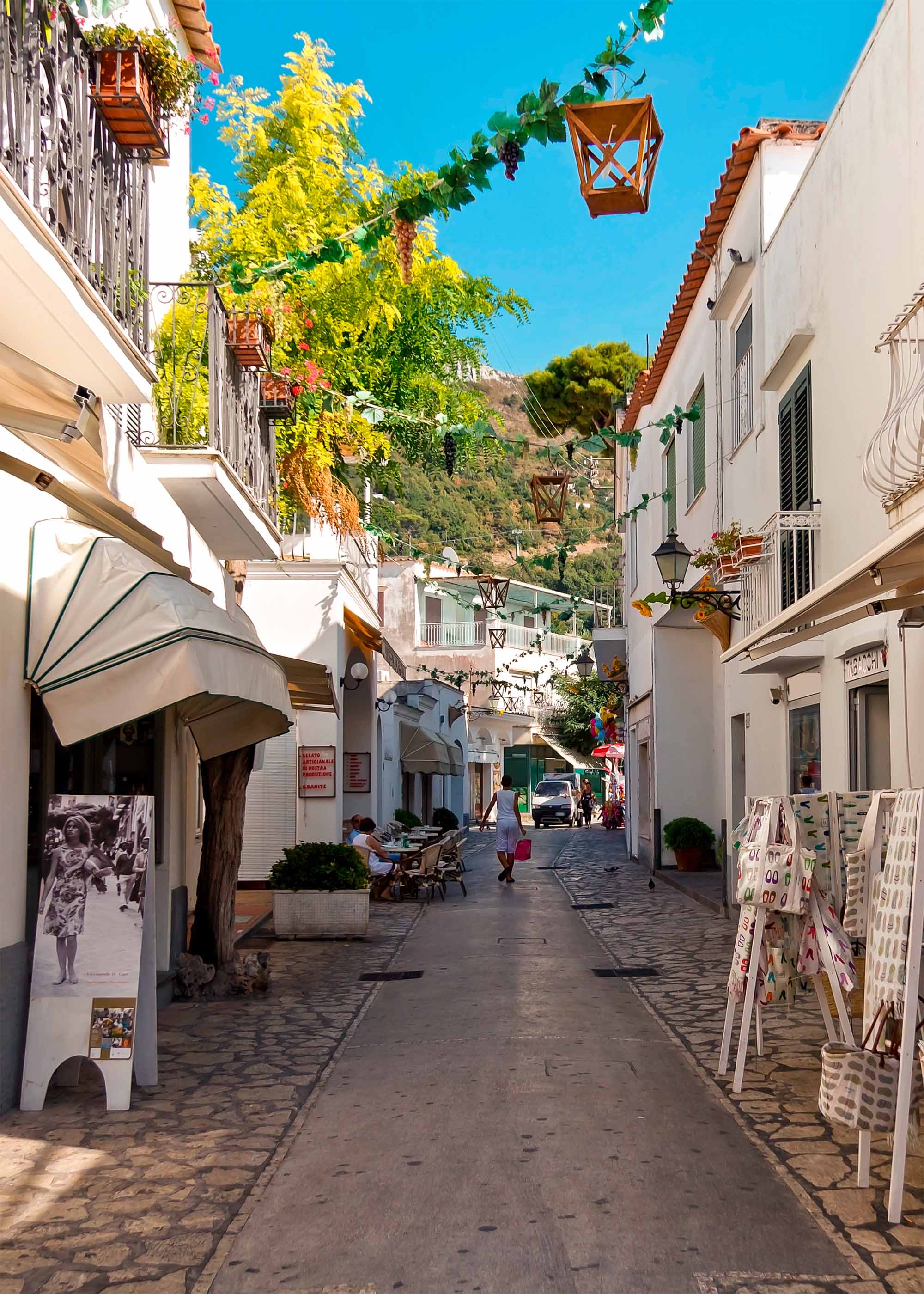
The Effects of Capri on Gorky's Work
A lot of Gorky's writing came from his stay in Capri. He commented on his changing political ideas and growing philosophical understanding in several writings—essays, short stories, and plays—that he produced while on the island. Away from the political turmoil in Russia, he found a tranquil setting in which to write.
He wrote "The Lower Depths," a play at this time that depicts the lives of impoverished Russians and criticizes the social system that keeps them impoverished. One interpretation is that Gorky's personal experiences and the reflective time he spent on Capri informed the play's themes of perseverance and hardship.
Maxim Gorky's Influence on Capri
Gorky made an indelible mark on Capri. His villa served as a symbol of artistic expression and intellectual independence, which attracted other writers and thinkers to the island. Even now, creative types from all over the globe flock to Capri in search of the same ideas that Gorky discovered there.
On occasion, the island will have literary festivals and events in remembrance of Gorky, honoring both his work and the greater canon of Russian literature. These gatherings provide a rare chance to reflect on Gorky's impact and the lasting bond between Capri and the literary canon.
Helpful Hints for Replicating Gorky's Success
If Maxim Gorky's adventures on Capri have piqued your interest, here are some suggestions to make your own:
- Traveling to Capri: From the Amalfi Coast, Sorrento, and Naples, you may take a ferry to the island. If you want to escape the heat and congestion of summer and experience more pleasant weather, try visiting in the spring or autumn, the shoulder seasons.
- Accommodation: Several lovely hotels and guesthouses in Anacapri and Capri provide an atmosphere similar to that of Villa Blaesus, which is inaccessible to the public. Anacapri is a wonderful place to stay if you're looking for a peaceful getaway.
- Exploration: See more of Capri than ever before by riding the reliable buses or the funicular, two of the island's premier modes of public transit. You can also walk to appreciate the panoramic splendor and find hidden gems.
- Cultural Experiences: Celebrate Capri's artistic history with literary festivals, art exhibitions, and more; stay tuned to the local calendar for additional events. Participating in these pursuits can enhance your understanding of Gorky's connection to the island.
- Dining: The area's classic trattorias and cafes serve delicious regional fare. Indulge in some limoncello, fresh shellfish, and Caprese salad, some of the regional favorites. Similar to what Gorky did, you can fully immerse yourself in the island ambiance while dining here.
To Sum Up
A trip through literature, history, and breathtaking scenery awaits you on the island of Capri as you follow in Maxim Gorky's footsteps. During his stay on the island, Gorky developed a strong bond with nature, expanded his mind, and produced innovative works.
You can learn more about the guy and his impact on Capri by visiting the spots he frequents and taking in the island's classic beauty.
In the footsteps of one of Russia's greatest writers, Capri offers a rich and gratifying experience for literary enthusiasts, history buffs, and those simply seeking a beautiful vacation.
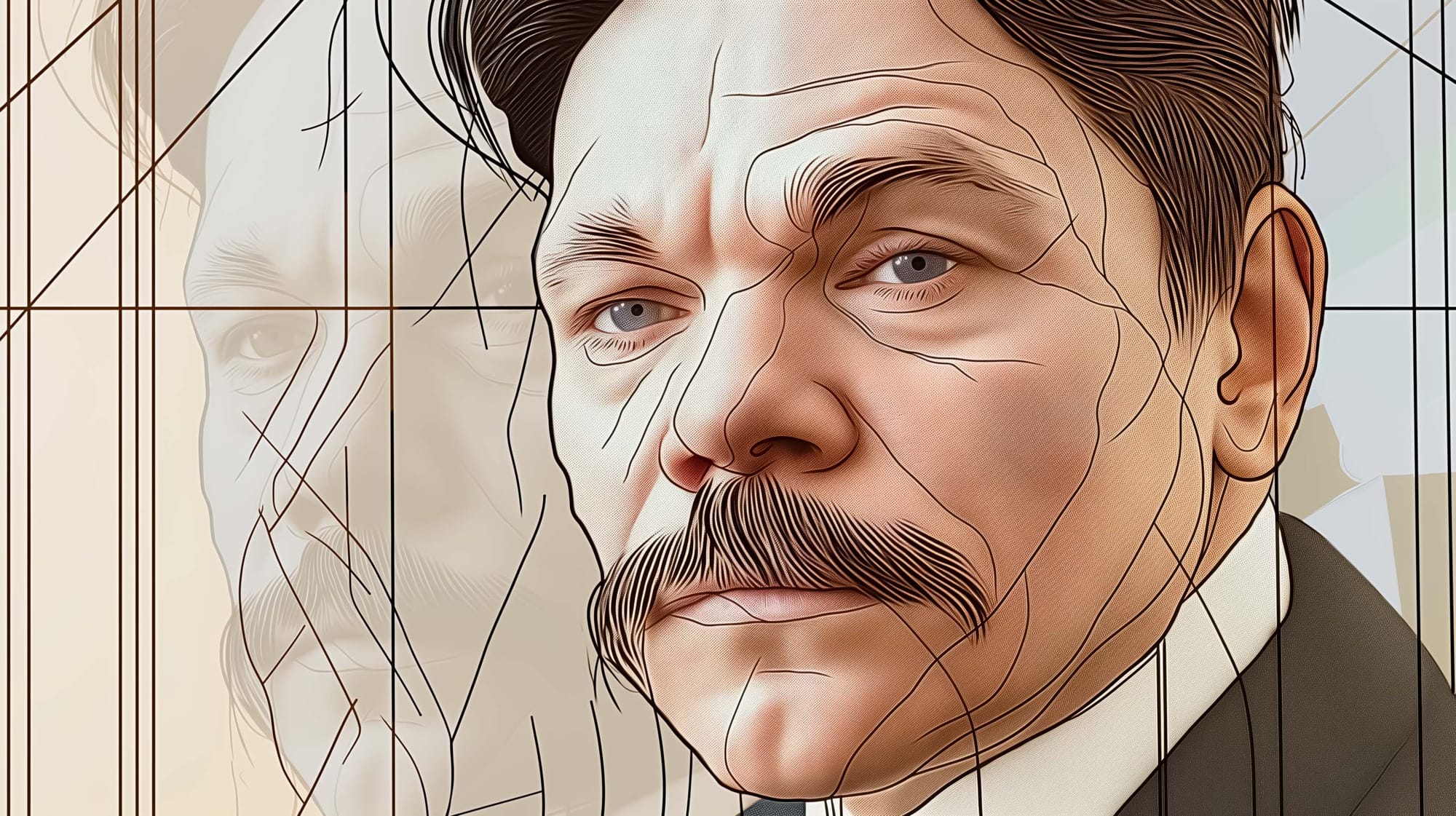
On December 28, 1908, a 7.2-magnitude earthquake and a subsequent destructive tsunami struck Messina and Reggio Calabria hard.
Tragically, approximately 100,000 people lost their lives in the disaster, which leveled over 90% of the buildings in both cities. The White Fleet of the United States and the United Kingdom in the Mediterranean joined the Russian ships that had already arrived to assist the survivors. Quickly making his way to Messina, Maxim Gorky was an integral part of the rescue operations. He did more than report on events; he also helped with recovery efforts. Gorky collaborated with scientist Max Wilhelm Meyer to write "In Destroyed Messina" based on his own experiences and views.


